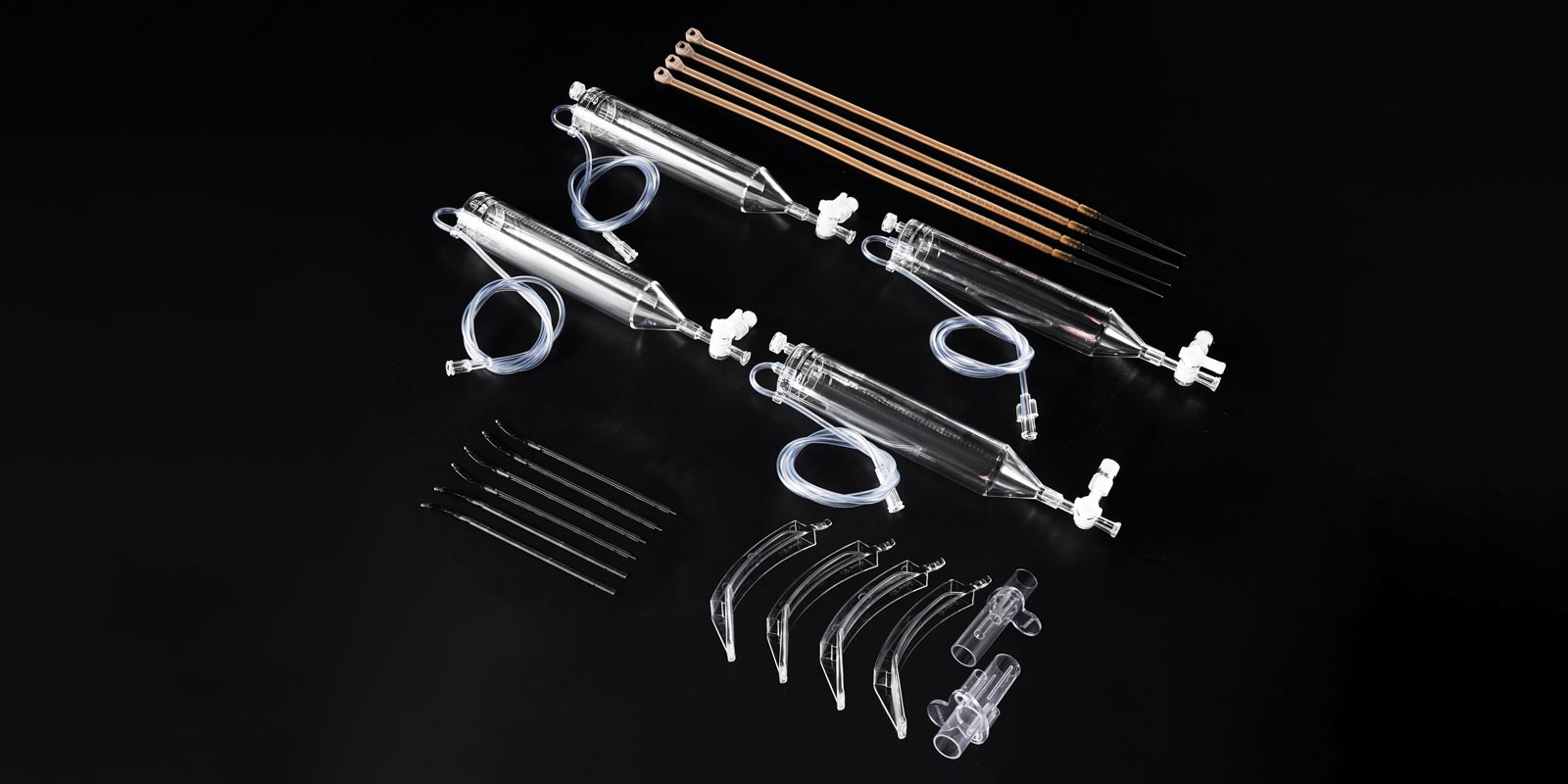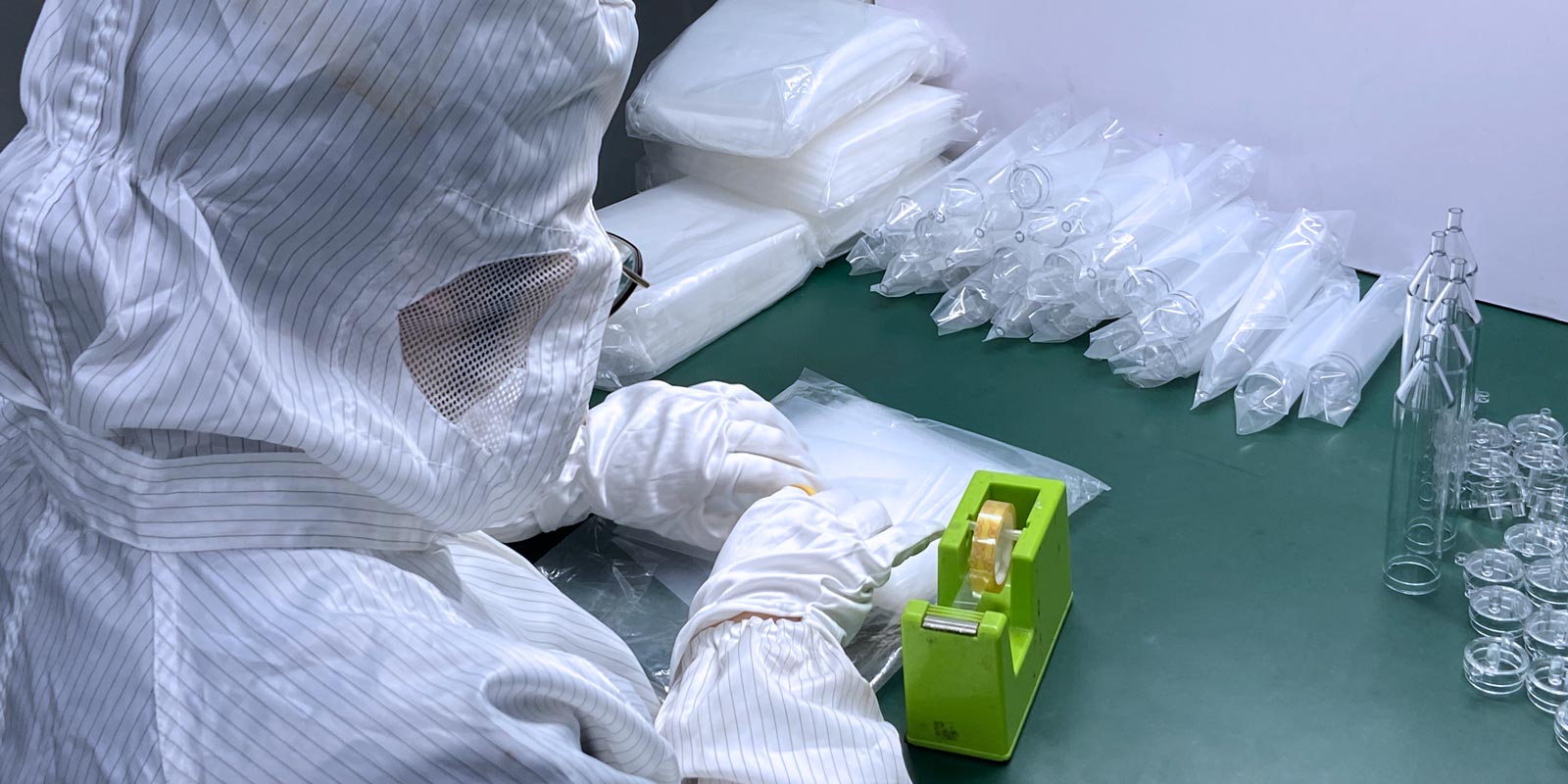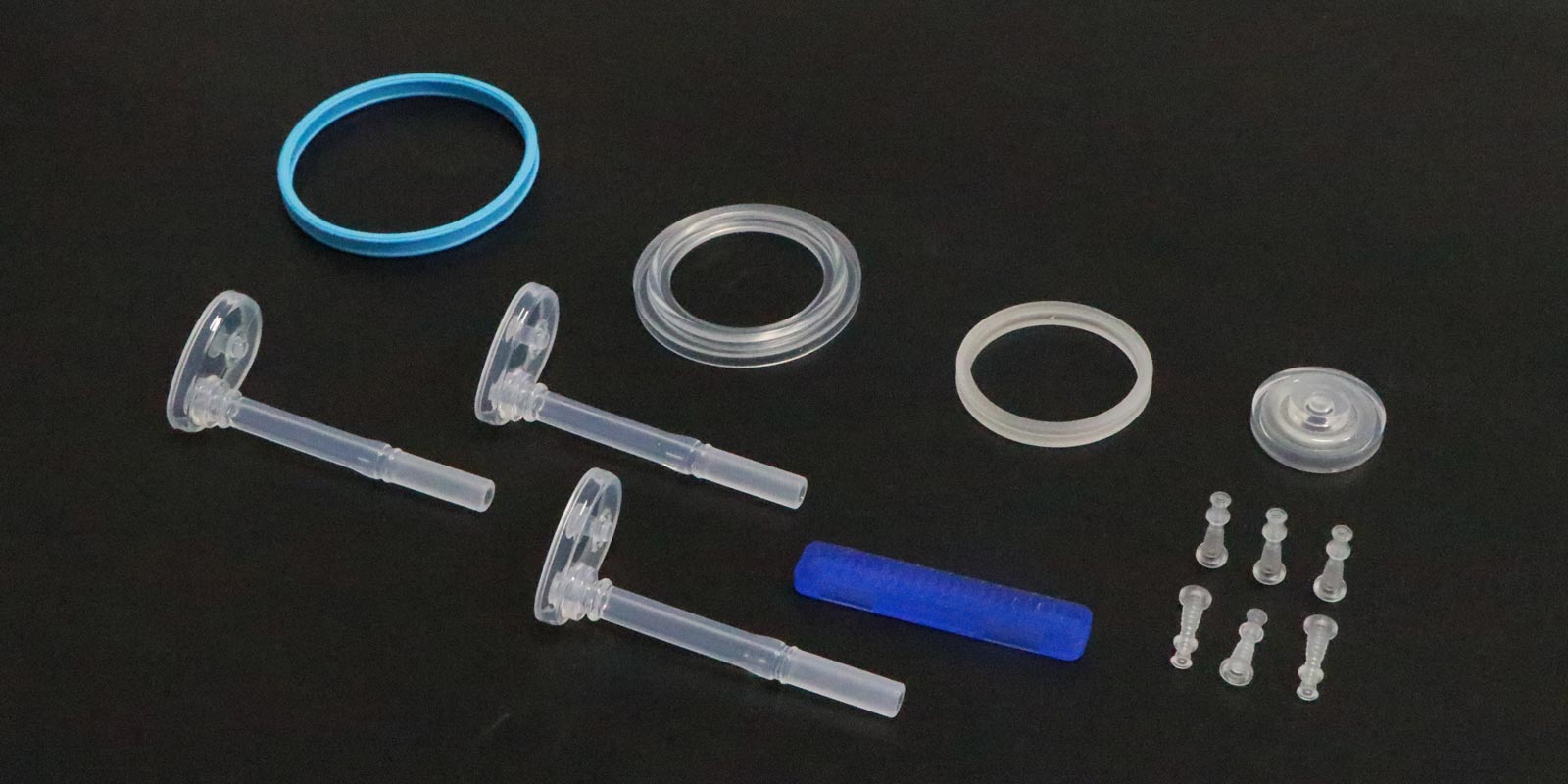In the realm of injection molding artistry, molds serve as the cornerstone of precision crafting and the embodiment of technical wisdom. As experts deeply rooted in the medical mold and injection molding industry, Yize Mould understands well that the precise selection of processing sequences is crucial for mold classification, directly impacting the quality and efficiency of the final products. Today, let's delve into the seven major categories of injection molds and uncover how they excel in various production lines.
1. Single Parting Surface Injection Mold: Simple Yet Sophisticated
The single parting surface mold, renowned for its streamlined design, gracefully separates the moving and fixed halves during mold opening, allowing for easy ejection of the plastic part. Whether it's the meticulous crafting of a single cavity or the efficient mass production of multi-cavity molds, it excels in every corner of modern manufacturing.
2. Double Parting Surface Injection Mold: Three-Plate Design for Enhanced Flexibility
Compared to its single-parting counterpart, the double parting surface mold, with its unique three-plate design (including a movable middle plate), offers greater flexibility for point gate feeding systems. From the delicate sculpting of a single cavity to the batch production of multi-cavity sets, it adapts effortlessly to complex requirements.

3. Injection Mold with Lateral Parting and Core-Pulling Mechanism: The Artist of Plastic Part Sides
Faced with the challenge of side holes or depressions in plastic parts, the lateral parting and core-pulling mechanism stands out with its ingenious design. Through the subtle downward movement of the moving mold and the clever guidance of bent pins, sliders move precisely, and ejector pins gently push the plastic part off the core, achieving a flawless mold release.
4. Injection Mold with Movable Molding Components: Solutions for Special Plastic Part Structures
For plastic parts with special structural needs, movable molding components such as movable male and female molds, movable inserts, movable threaded cores, or rings become indispensable creative options. They move out of the mold with the plastic part, easily separating to ensure precise molding and efficient ejection of complex structures.
5. Automatic Thread-Releasing Injection Mold: The Smart Expert for Threaded Plastic Parts
For threaded plastic parts requiring automatic ejection, the automatic thread-releasing mold, with its intelligent design, enables the free rotation and easy release of threaded cores or rings. Whether through clever utilization of mold opening actions or the assistance of the injection molding machine's rotating mechanism, the automated production of threaded plastic parts becomes effortless.
6. Runnerless Injection Mold: The Smooth Journey of Molten Plastic
The runnerless injection mold, through insulation heating technology, keeps the plastic in a molten state from the injection molding machine's nozzle to the cavity, eliminating the need for runner system scrap. This innovative design not only improves material utilization but also ensures a smoother and unobstructed ejection process for plastic parts.
7. Injection Mold with Ejection Mechanism on the Fixed Side: The Custom Guardian of Plastic Part Shapes
In traditional injection molds, ejection devices are mostly located on the moving side, greatly aiding the injection molding machine's opening and closing system. However, in the production of plastic parts with specific shapes, strategically placing the ejection mechanism on the fixed side can instead facilitate more efficient molding. This groundbreaking design approach demonstrates the extreme pursuit of detail and relentless exploration of production efficiency in injection mold design.
At Yize Mould, we deeply understand the ingenuity behind each mold classification and the importance of precisely matching processing sequences to customer needs for efficient production. Let's work together to harness technology to empower mold manufacturing and create a bright future for injection molding processes.
















 Home
Home
